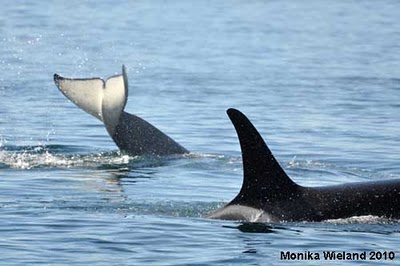While doing my daily search for all things Ryan Gosling I stumbled upon this trailer for “Big Miracle” (A movie that was previously named “Everyone Loves Whales”). This film, starring Drew Barrymore and John Krasinski, is based on a true story of the rescue efforts of three gray whales (named Fred, Wilma, and Bam-Bam) in Alaska. This movie is being released February 3rd so it is perfect as that “what-to-look-forward-to-after-the-holidays” treat.
Enjoy this trailer and see how many celebrities really do love whales!












What people are saying …